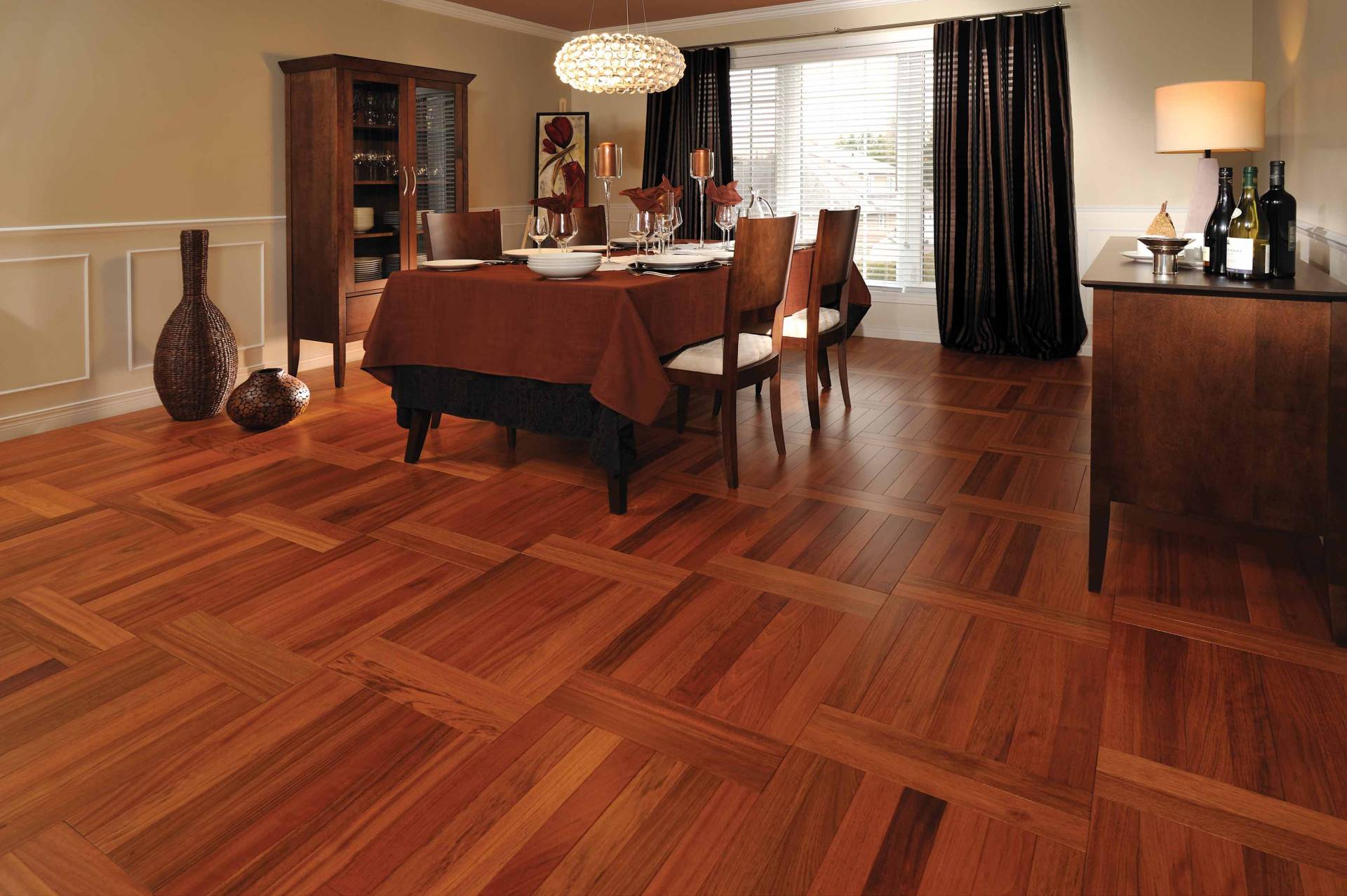

Articles
Laminate Wood Flooring
Modified: September 1, 2024
Enhance your home with the beauty and durability of laminate wood flooring. Explore our collection of informative articles to find the perfect flooring solution for your space.
(Many of the links in this article redirect to a specific reviewed product. Your purchase of these products through affiliate links helps to generate commission for Storables.com, at no extra cost. Learn more)
Introduction
Laminate wood flooring has become a popular choice for homeowners, offering the perfect blend of style, durability, and affordability. It provides the aesthetic appeal of hardwood flooring without the hefty price tag, making it a cost-effective option for those who want to enhance the look of their homes without breaking the bank.
But laminate wood flooring is much more than just a budget-friendly alternative to hardwood. It boasts a range of benefits that make it a desirable option for any homeowner or business owner looking to upgrade their space. From its easy installation process to its low maintenance requirements, laminate wood flooring offers convenience and longevity.
In this article, we will explore the many advantages of laminate wood flooring, discuss the different types available, provide tips on how to choose the right one for your needs, and guide you through the installation process. We will also share some valuable maintenance and cleaning tips to ensure your laminate wood flooring stays looking its best for years to come.
Furthermore, we will address common issues that may arise with laminate wood flooring and provide practical solutions to overcome them. Additionally, we will compare the costs of laminate wood flooring with other flooring options to help you make an informed decision.
Whether you are embarking on a home renovation project or simply looking to update the flooring in a specific area, understanding the benefits and considerations of laminate wood flooring is essential in making the right choice. So, read on to discover everything you need to know about this versatile and cost-effective flooring option.
Key Takeaways:
- Laminate wood flooring offers an affordable, durable, and versatile solution for homeowners, providing the aesthetic appeal of hardwood without the hefty price tag. Its easy installation, low maintenance, and variety of styles make it a practical and stylish flooring option.
- When choosing laminate wood flooring, consider factors such as style preferences, quality, traffic level, and budget. The installation process is straightforward, but proper preparation is crucial. Regular maintenance and addressing common issues promptly will ensure the longevity and beauty of your laminate flooring.
Benefits of Laminate Wood Flooring
Laminate wood flooring offers a wide range of benefits that make it an excellent choice for homeowners. Here are some of the key advantages:
- Affordability: One of the biggest advantages of laminate wood flooring is its affordability. It provides the look of real hardwood at a fraction of the cost. This makes it a budget-friendly option for those who want the elegance and warmth of wood without breaking the bank.
- Durability: Laminate wood flooring is highly durable and can withstand heavy foot traffic, making it an ideal choice for high-traffic areas such as hallways, living rooms, and kitchens. It is resistant to scratches, dents, and stains, making it suitable for households with children or pets.
- Variety of Styles and Designs: With laminate wood flooring, you have a wide range of styles and designs to choose from. From classic oak and cherry to exotic bamboo and teak, there is a laminate design to suit every taste and interior style. Additionally, laminate flooring can mimic the look of other materials such as stone or tile, providing even more versatility.
- Easy Installation: Installing laminate wood flooring is a relatively simple process compared to other flooring options. It is designed to be a floating floor, which means it can be placed directly over existing flooring without the need for nails or adhesives. This makes it a popular choice for DIY enthusiasts or those looking to save on installation costs.
- Low Maintenance: Laminate wood flooring is easy to clean and maintain. It requires regular sweeping or vacuuming to remove loose dirt and a damp mop for deeper cleaning. Unlike hardwood, it does not need to be waxed or polished. Laminate flooring is also resistant to moisture, making it suitable for areas prone to spills or humidity.
- Health Benefits: Laminate wood flooring is a hypoallergenic flooring option. Unlike carpets, it does not trap dust, dirt, or allergens, which can be beneficial for those with allergies or respiratory issues. It also doesn’t emit volatile organic compounds (VOCs), promoting better indoor air quality.
- Environmentally Friendly: Many laminate wood flooring options are made from recycled materials, reducing the demand for new hardwood. Additionally, the production process of laminate flooring requires fewer resources, making it a more eco-friendly choice compared to other flooring materials.
- Longevity: With proper care and maintenance, laminate wood flooring can last for many years. Most manufacturers offer warranties ranging from 10 to 30 years, providing peace of mind and ensuring that your investment will withstand the test of time.
These are just a few of the many benefits that make laminate wood flooring an attractive choice for homeowners. Its affordability, durability, variety of styles, easy installation, low maintenance, and health and environmental benefits make it a practical and stylish flooring option for any space.
Different Types of Laminate Wood Flooring
Laminate wood flooring comes in various types, each offering its own unique features and styles. Understanding the different types available can help you choose the right option for your specific needs and preferences. Here are some of the common types of laminate wood flooring:
- Standard Laminate: Standard laminate is the most common type of laminate wood flooring. It is made up of four distinct layers: a wear layer, a design layer, a core layer, and a backing layer. The wear layer protects the flooring from scratches and stains, while the design layer imitates the appearance of real wood. The core layer provides stability and durability. Standard laminate is available in a wide range of styles, colors, and finishes.
- Embossed Laminate: Embossed laminate flooring has a textured surface that mimics the natural grain and texture of real wood. It adds depth and authenticity to the flooring, giving it a more realistic look and feel. The embossing also provides added slip resistance, making it a popular choice for high-traffic areas.
- Hand-Scraped Laminate: Hand-scraped laminate flooring is designed to resemble the look of old, hand-scraped hardwood floors. It features subtle grooves and markings that give it a more rustic and distressed appearance. This type of laminate adds character and charm to any space.
- Wide Plank Laminate: Wide plank laminate flooring is characterized by its wider and longer planks compared to standard laminate. This type of laminate can create a more spacious and open look in a room. It is particularly popular in modern and contemporary interior designs.
- HDF Core Laminate: HDF (High-Density Fiberboard) core laminate flooring is made with a denser and stronger core layer. This makes it more resistant to moisture, impact, and everyday wear and tear. HDF core laminate is an excellent choice for areas with higher foot traffic or where moisture might be a concern.
- Waterproof Laminate: Waterproof laminate flooring is designed to resist water damage, making it suitable for areas prone to spills, such as kitchens, bathrooms, and laundry rooms. It features a protective layer that prevents water from seeping into the flooring, keeping it safe from warping or swelling.
- Acoustic Laminate: Acoustic laminate flooring is specially designed to reduce noise transmission, making it an excellent choice for apartments, offices, or multi-story buildings. It has an extra layer of sound-absorbing material that helps minimize sound transfer between floors and rooms.
These are just a few examples of the different types of laminate wood flooring available on the market. Each type offers its own unique features and benefits, allowing you to find the perfect laminate flooring option for your space and design preferences.
How to Choose the Right Laminate Wood Flooring
Choosing the right laminate wood flooring for your home or space requires careful consideration of several factors. Here are some key points to keep in mind to help you make an informed decision:
- Consider Your Style and Design Preferences: Laminate wood flooring comes in a wide range of styles, colors, and finishes. Consider the existing decor and overall aesthetic of your space. Do you prefer a traditional, rustic, or modern look? Choose laminate flooring that complements your style and preferences.
- Evaluate the Quality: Look for laminate flooring with a high-quality construction. Check the thickness of the wear layer, as a thicker wear layer will provide better durability and resistance to scratches and stains. Consider the overall thickness of the planks and the materials used in the core layer.
- Consider the Traffic Level: Assess the traffic level in the area where the laminate flooring will be installed. If it is a high-traffic area, such as a hallway or living room, opt for a more durable laminate with a thicker wear layer. For areas with less foot traffic, you may have more flexibility in choosing a less robust option.
- Think About Maintenance: Consider your lifestyle and maintenance preferences. If you have a busy household or pets, choose laminate flooring that is easy to clean and maintain. Look for options with scratch-resistant properties and consider textured surfaces that can help hide small imperfections.
- Assess Room Lighting: Take into account the lighting conditions of the room. Darker laminate flooring can create a cozy and warm ambiance, while lighter shades can make a space appear more open and airy. Consider the natural light, as well as the artificial lighting, when choosing the color and finish of your laminate flooring.
- Check for Certifications: Look for laminate wood flooring that has been certified by reputable organizations, such as the FloorScore or GREENGUARD certifications, which ensure that the product meets strict standards for indoor air quality and environmental impact.
- Set a Budget: Determine your budget for laminate wood flooring and stick to it. Consider the cost per square foot, installation fees, and any additional materials or accessories you may need. Keep in mind that while laminate is generally more affordable than hardwood, higher quality options may be more expensive.
- Read Reviews and Get Samples: Before making a final decision, read customer reviews and testimonials to get insights into the quality and performance of the laminate flooring. Request samples from manufacturers or visit local retailers to see and feel the laminate options in person.
By considering these factors, you can find the perfect laminate wood flooring that suits your style, budget, and practical needs. Take the time to research and explore different options to ensure you make an informed decision that will enhance the beauty and functionality of your space.
Installation Process of Laminate Wood Flooring
The installation process of laminate wood flooring is relatively straightforward, making it a popular choice for DIY enthusiasts. However, it is essential to follow the manufacturer’s instructions and take necessary precautions to achieve a professional-looking result. Here is a general overview of the installation process:
- Prepare the Subfloor: Ensure that the subfloor is clean, dry, and level. Remove any existing flooring or carpeting and repair any damages or imperfections on the subfloor. It is crucial to have a smooth and stable surface to lay the laminate flooring.
- Lay an Underlayment: Install a suitable underlayment over the subfloor. The underlayment provides additional cushioning and helps reduce noise. Follow the manufacturer’s instructions for the specific underlayment you’re using, as some may require adhesive or tape to secure it in place.
- Plan Your Layout: Before starting the installation, plan out the layout of the laminate flooring. Consider the direction of the planks and how they will fit in the space. It is generally recommended to install the planks parallel to the longest wall in the room for a visually appealing look.
- Trim Door Jambs and Casings: To ensure a seamless installation, trim the bottom of door jambs and casings so that the laminate flooring can slide underneath. Use a saw or a trimmer tool to make the necessary cuts.
- Start the Installation: Begin the installation by placing the first row of laminate planks against the wall, leaving a small gap for expansion. Use spacers to maintain an even distance between the planks and the wall. Connect the planks by inserting the tongue of one plank into the groove of the adjacent plank at a slight angle and then lowering it into place. Use a tapping block and a rubber mallet to ensure a secure fit.
- Continue the Installation: Repeat the previous step for the subsequent rows, connecting the planks tongue and groove. Stagger the planks to create a more natural look and ensure that the end joints are at least 6 inches apart between adjacent rows. Cut the planks as needed to fit at the end of each row using a saw or a laminate cutter.
- Address Obstacles: When encountering obstacles such as vents or pipes, carefully measure and mark the necessary cuts on the laminate planks. Use a jigsaw or a hole saw to make precise cuts for a proper fit.
- Install the Final Row: The last row of planks may need to be trimmed to fit against the wall. Measure and cut the planks accordingly, leaving a small gap for expansion. Install the final row using a pull bar and tapping block to secure the planks in place.
- Finish the Installation: Once all the laminate planks are installed, remove the spacers and install the baseboards or moldings over the expansion gap. Use a miter saw or a coping saw to make precise cuts for the corners. This will provide a finished and polished look to the flooring.
Remember to read the manufacturer’s instructions specific to your laminate wood flooring as installation processes may vary slightly. It is essential to acclimate the laminate flooring to the room’s climate conditions before installation and allow for proper expansion and contraction. Taking the time to carefully install laminate wood flooring will ensure a beautiful and durable result that will enhance the aesthetic appeal of your space.
When installing laminate wood flooring, be sure to leave a small gap around the edges to allow for expansion and contraction due to changes in temperature and humidity. This will help prevent buckling and warping of the planks.
Read more: How To Level Floor For Laminate
Maintenance and Cleaning Tips for Laminate Wood Flooring
Maintaining and cleaning laminate wood flooring is relatively easy, thanks to its durable and low-maintenance nature. By following these simple tips, you can keep your laminate flooring looking pristine and prolong its lifespan:
- Regular Sweeping: Use a soft-bristle broom or a dry microfiber mop to sweep the laminate flooring regularly. This will help remove loose dirt, dust, and debris that can cause scratches and wear over time.
- Vacuum with a Soft Brush Attachment: For a more thorough clean, use a vacuum cleaner with a soft brush attachment. Vacuuming helps to remove finer particles that may not be visible to the naked eye. Avoid using vacuums with rotating brushes, as these may cause scratches on the surface of the laminate flooring.
- Damp Mopping: Regularly damp mop your laminate wood flooring using a well-wrung mop or a microfiber floor mop. Use warm water mixed with a manufacturer-approved laminate floor cleaner. Avoid using excessive water, as laminate flooring is not waterproof and can be damaged by excessive moisture.
- Wipe up Spills Immediately: Laminate wood flooring is resistant to moisture, but it’s still important to wipe up any spills or liquids immediately. Use a clean, damp cloth to blot the spill and dry the area thoroughly to prevent any liquid from seeping into the joints and causing damage.
- Avoid Harsh Cleaners and Abrasive Tools: Avoid using harsh chemicals, abrasive cleaners, or scrub brushes on laminate wood flooring. These can damage the protective wear layer and cause the surface to become dull or scratched. Stick to manufacturer-approved cleaners and gentle cleaning methods.
- Use Furniture Pads and Protective Mats: Place furniture pads under the legs of furniture to prevent scratching and indentations on the laminate flooring. Additionally, use protective mats or area rugs in high-traffic areas or underneath chairs and tables to minimize wear and tear.
- Trim Pet’s Nails: If you have pets, make sure to keep their nails trimmed to prevent scratching the laminate flooring. While laminate is durable, excessive scratching can still cause damage over time.
- Avoid Excessive Sun Exposure: Prolonged exposure to direct sunlight can cause fading and discoloration of laminate wood flooring. Use curtains or blinds to filter sunlight, or consider using UV-protective film on windows to minimize the impact of UV rays.
- Prevent Standing Water: Standing water should be avoided on laminate wood flooring as it can seep into the joints and cause swelling or warping. Immediately dry any spills or excess water, and use mats or rugs in areas prone to water splashes, such as near sinks or entryways.
- Repair Small Scratches: For minor scratches or scuffs, you can use a laminate repair kit or a color-matched wax pencil to fill in the damaged area. Follow the product instructions carefully for the best results.
By following these maintenance and cleaning tips, you can keep your laminate wood flooring looking beautiful and extend its lifespan. Regular care and attention will ensure that your flooring remains a stunning and durable feature in your home for years to come.
Common Issues with Laminate Wood Flooring and How to Solve Them
While laminate wood flooring is known for its durability, there are a few common issues that may arise over time. Understanding these issues and knowing how to address them promptly can help maintain the beauty and longevity of your laminate flooring. Here are some common problems and their solutions:
- Scratches and Scuffs: Despite its durability, laminate flooring can still get scratched or scuffed. To address minor scratches, use a color-matched wax pencil or a laminate repair kit to fill in the damaged area. For deeper scratches, consider replacing the affected plank with a spare or contacting a professional for repairs.
- Water Damage: While laminate flooring is resistant to moisture, standing water or excessive water exposure can cause damage. If you notice water spills or leaks, immediately dry the area to prevent any water from seeping into the joints. For more significant water damage, it may be necessary to remove and replace the affected planks.
- Swelling or Warping: Swelling or warping can occur if laminate flooring is subjected to high levels of moisture or when water penetrates the joints. It is essential to address the source of moisture and remove any affected planks. Ensure that the subfloor is properly prepared and that the laminate flooring is adequately acclimated before installation.
- Gaps or Separation: Over time, laminate flooring may develop small gaps or separation between the planks. This can be caused by changes in temperature and humidity. Use a laminate flooring repair kit or adhesive to fill in the gaps. If the gaps are larger, you may need to consult a professional for repairs.
- Laminate Lifting or Buckling: Laminate flooring can lift or buckle if it is not properly installed or if the expansion gaps are not maintained. Check for any obstructions or objects preventing the laminate from expanding and contract properly. If the problem persists, it may require the expertise of a professional to identify and resolve the issue.
- Discoloration: Prolonged exposure to direct sunlight can cause laminate flooring to fade or discolor over time. Use curtains or blinds to filter sunlight and minimize the impact of UV rays. If discoloration occurs in specific areas, consider rearranging furniture or area rugs to prevent uneven fading.
- Noisy or Squeaky Floors: If your laminate flooring is making noise or squeaking when walked on, it may be due to loose or unevenly installed planks. Ensure that the subfloor is properly prepared and that the planks are securely locked together. Consider adding an underlayment or padding to minimize noise.
If you encounter any of these issues with your laminate wood flooring, it is best to address them promptly to prevent further damage. While some minor repairs can be done yourself, it is crucial to consult a professional for more significant issues or if you are unsure about the proper solutions. Proper maintenance, timely repairs, and addressing potential issues can help keep your laminate wood flooring in optimal condition for years to come.
Cost Comparison: Laminate Wood Flooring vs. Other Flooring Options
When considering flooring options, cost is often a significant factor. Laminate wood flooring stands out as a cost-effective choice compared to other flooring options. Let’s compare the costs of laminate wood flooring with some popular alternatives:
- Hardwood Flooring: Hardwood flooring is known for its timeless beauty and elegance. However, it also comes with a higher price tag. Hardwood flooring can cost several times more than laminate wood flooring, especially if you opt for exotic or rare wood species. It’s important to consider not just the upfront cost but also the long-term maintenance and refinishing expenses that come with hardwood flooring.
- Engineered Wood Flooring: Engineered wood flooring is a close competitor to laminate wood flooring in terms of appearance. While engineered wood provides a real wood veneer layer, it can still be more expensive than laminate. The cost of engineered wood will vary depending on the quality of the materials used. Additionally, the installation process for engineered wood can be more involved, adding to the overall cost.
- Tile Flooring: Tile flooring, such as ceramic or porcelain tiles, offers durability and a wide range of design options. However, the cost of tile flooring, including the materials and installation, can be higher than laminate wood flooring. Keep in mind that tile flooring requires proper subfloor preparation and may require additional materials like grout and sealant, which can add to the overall cost.
- Carpet Flooring: Carpet flooring provides comfort and warmth, especially in colder climates. While carpet can be an affordable option, the cost will depend on the quality and type of carpet chosen. Additionally, carpet requires regular cleaning and maintenance, which can contribute to its overall cost over time.
- Vinyl Flooring: Vinyl flooring has gained popularity as a cost-effective and versatile flooring option. It is generally more affordable than laminate wood flooring. Vinyl flooring comes in a range of designs, including those that mimic the look of wood. However, keep in mind that vinyl may not offer the same level of durability as laminate wood flooring.
Ultimately, the cost of laminate wood flooring will depend on factors such as the brand, quality, plank thickness, and the area being covered. However, generally speaking, laminate wood flooring tends to be significantly more budget-friendly compared to hardwood, engineered wood, tile, carpet, or vinyl flooring options.
It is worth noting that while laminate wood flooring may have a lower upfront cost, it offers long-term value with its durability and lower maintenance requirements. It’s essential to weigh the upfront cost against the desired aesthetics, durability, and the specific needs of your space to make an informed decision.
Frequently Asked Questions (FAQs) about Laminate Wood Flooring
Here are some frequently asked questions about laminate wood flooring:
- 1. Is laminate wood flooring real wood?
- 2. Can laminate flooring be installed in any room?
- 3. How long does laminate wood flooring typically last?
- 4. Can laminate wood flooring be refinished?
- 5. Is laminate wood flooring suitable for households with pets?
- 6. Can laminate flooring be installed over existing flooring?
- 7. Does laminate flooring require underlayment?
- 8. Can laminate flooring be installed on stairs?
- 9. How do I clean laminate wood flooring?
- 10. Can laminate flooring be installed in a basement?
No, laminate wood flooring is not made of real wood. It consists of multiple layers of synthetic materials, with a high-resolution photographic image of real wood grain applied to the top layer. This gives it the appearance of real wood while providing added durability and affordability.
Laminate flooring can be installed in most rooms of the house, including bedrooms, living rooms, kitchens, and even bathrooms. However, it’s important to choose a laminate flooring option specifically designed for moisture-prone areas, such as bathrooms or kitchens, to ensure its durability and longevity.
The lifespan of laminate wood flooring can vary depending on factors such as the quality of the product, the amount of foot traffic it receives, and how well it is maintained. Generally, laminate wood flooring can last 10 to 30 years or even longer with proper care and maintenance.
No, laminate wood flooring cannot be refinished. Unlike solid hardwood flooring, the top layer of a laminate floor is not real wood and cannot be sanded or refinished. If the laminate flooring becomes damaged or worn, it will need to be replaced.
Yes, laminate wood flooring is generally pet-friendly. It provides a durable surface that is resistant to scratches and stains, making it suitable for homes with pets. However, it’s essential to keep your pet’s nails trimmed to prevent scratching the surface of the laminate flooring.
Yes, one of the advantages of laminate wood flooring is that it can be installed directly over many existing flooring surfaces, including vinyl, hardwood, and tile. However, it’s important to ensure that the existing flooring is even and in good condition before installation.
Yes, most laminate wood flooring installations require an underlayment. The underlayment provides additional cushioning, sound absorption, and helps to smooth out minor imperfections in the subfloor. It is essential to follow the manufacturer’s recommendations for the specific type of underlayment to use.
Laminate wood flooring can be installed on stairs, but it requires specialized installation techniques and stair nosings to ensure a safe and seamless finish. It is recommended to hire a professional installer or consult the manufacturer’s guidelines for proper installation on stairs.
Cleaning laminate wood flooring is relatively simple. Regularly sweep or vacuum with a soft brush attachment to remove dirt and debris. Damp mop with a well-wrung mop and a manufacturer-approved laminate floor cleaner. Avoid using excessive water or harsh chemicals that can damage the flooring.
Laminate wood flooring can be installed in a basement, but it’s important to ensure proper moisture and humidity control. Basements can be prone to moisture issues, so it’s crucial to choose a laminate flooring option specifically designed for below-grade installation, and to address any potential water or moisture problems before installation.
These are just a few of the commonly asked questions about laminate wood flooring. If you have additional inquiries or concerns, it’s always best to consult with a flooring professional or refer to the manufacturer’s guidelines for specific product information.
Read more: How To Install Laminate Flooring
Conclusion
Laminate wood flooring offers an array of benefits that make it an attractive choice for homeowners and business owners alike. With its affordability, durability, wide range of styles, and easy installation process, laminate wood flooring provides a cost-effective and versatile solution for enhancing the look and feel of any space.
Throughout this article, we’ve explored the advantages of laminate wood flooring, from its budget-friendly nature to its low-maintenance requirements. We’ve discussed the different types available, allowing you to choose the option that best suits your style and needs. We’ve also provided guidance on how to select the right laminate wood flooring, considering factors such as traffic level and maintenance preferences.
Moreover, we have discussed the step-by-step installation process, emphasizing the importance of careful preparation and proper techniques. We’ve provided maintenance and cleaning tips to help you preserve the beauty and lifespan of your laminate wood flooring. Additionally, we’ve addressed common issues that may arise with laminate wood flooring and their potential solutions.
Lastly, we compared the cost of laminate wood flooring with other popular flooring options, highlighting its affordability without compromising quality and style. While hardwood flooring and engineered wood can be more expensive, and tile, carpet, or vinyl may have their own limitations, laminate wood flooring stands out as an excellent choice for those seeking an economical and visually appealing option.
In conclusion, laminate wood flooring offers an accessible and practical way to achieve the look of real wood without the high cost and maintenance. By considering the information provided in this article, you will be equipped with the knowledge to make informed decisions regarding the selection, installation, and care of your laminate wood flooring. Whether you’re revamping a single room or renovating your entire home, laminate wood flooring is a reliable and stylish choice that will provide years of beauty and functionality.
Frequently Asked Questions about Laminate Wood Flooring
Was this page helpful?
At Storables.com, we guarantee accurate and reliable information. Our content, validated by Expert Board Contributors, is crafted following stringent Editorial Policies. We're committed to providing you with well-researched, expert-backed insights for all your informational needs.
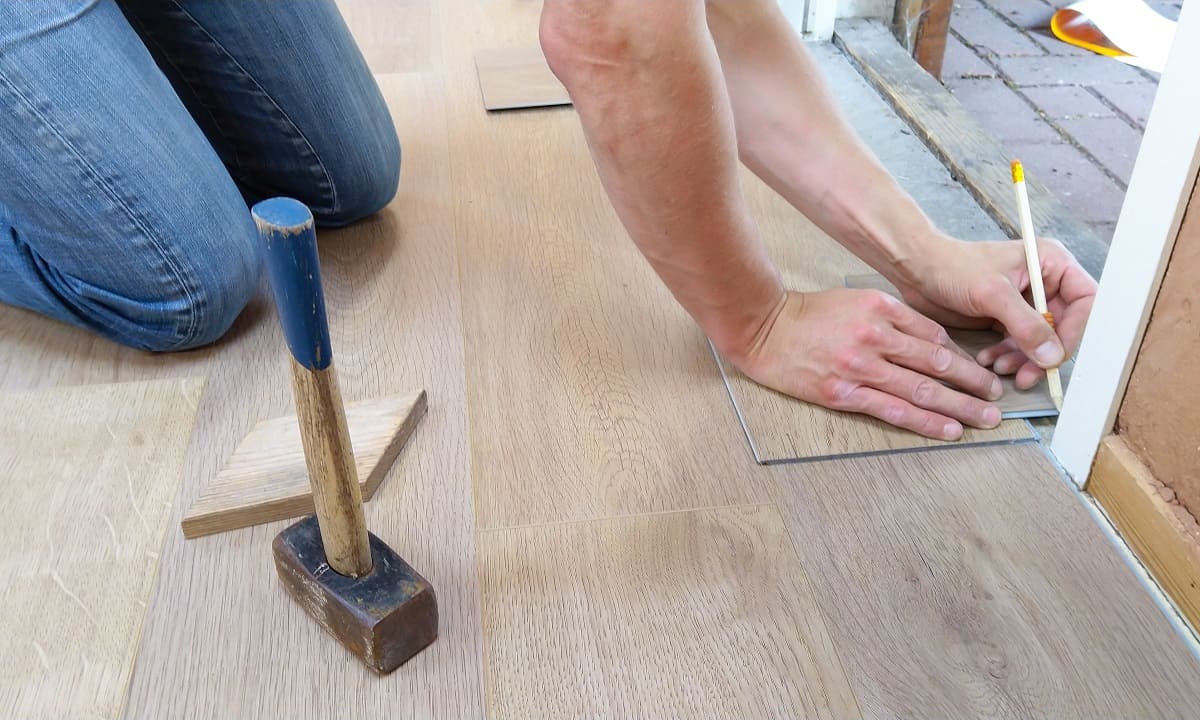
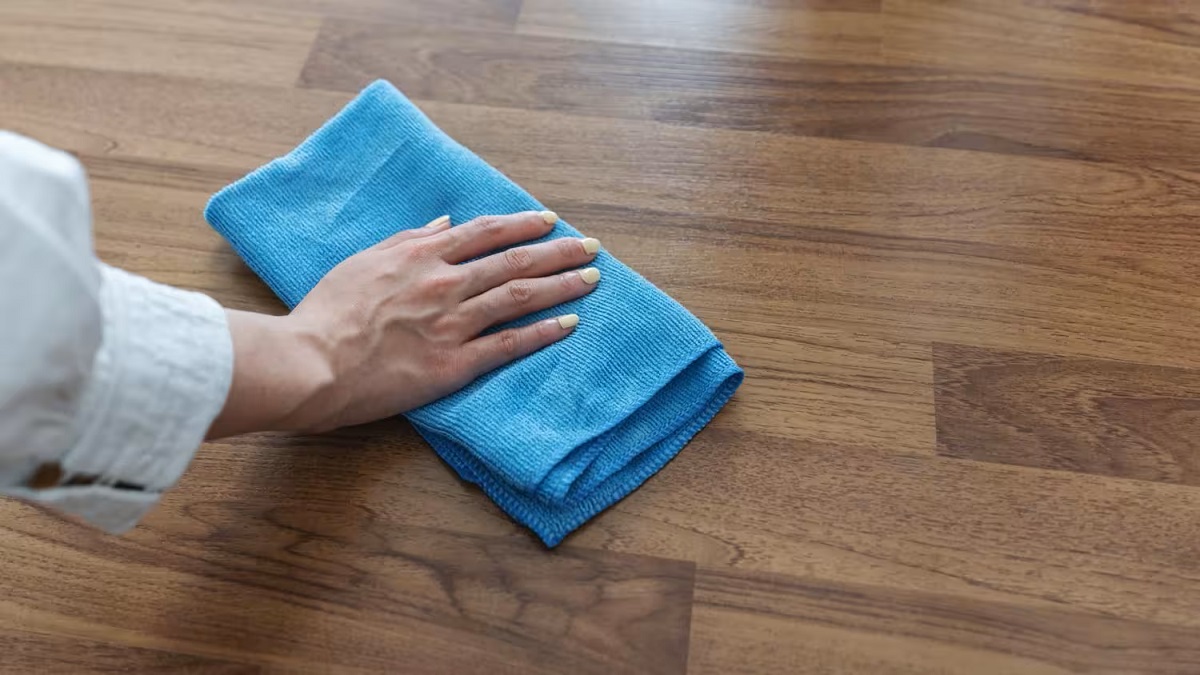
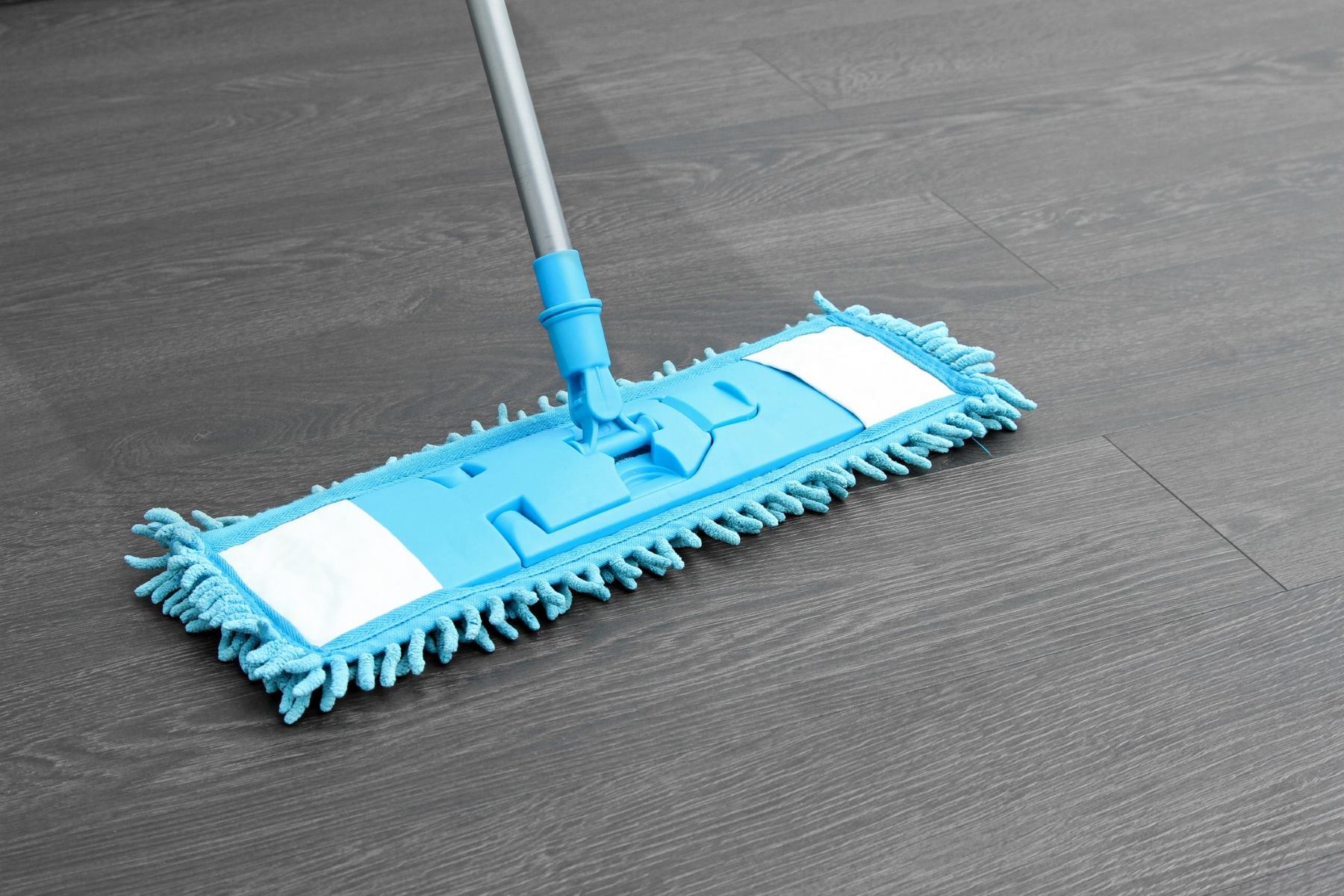
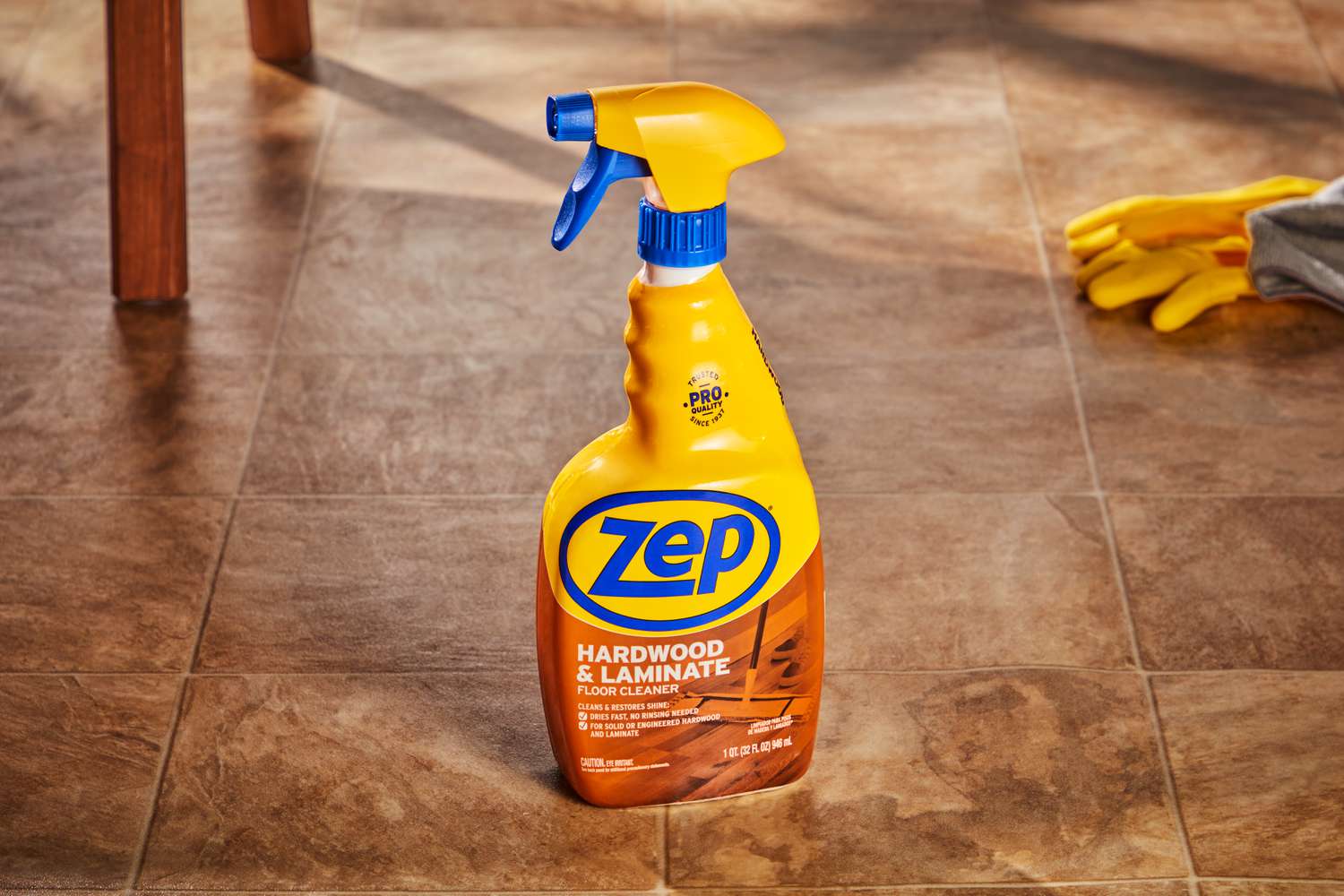
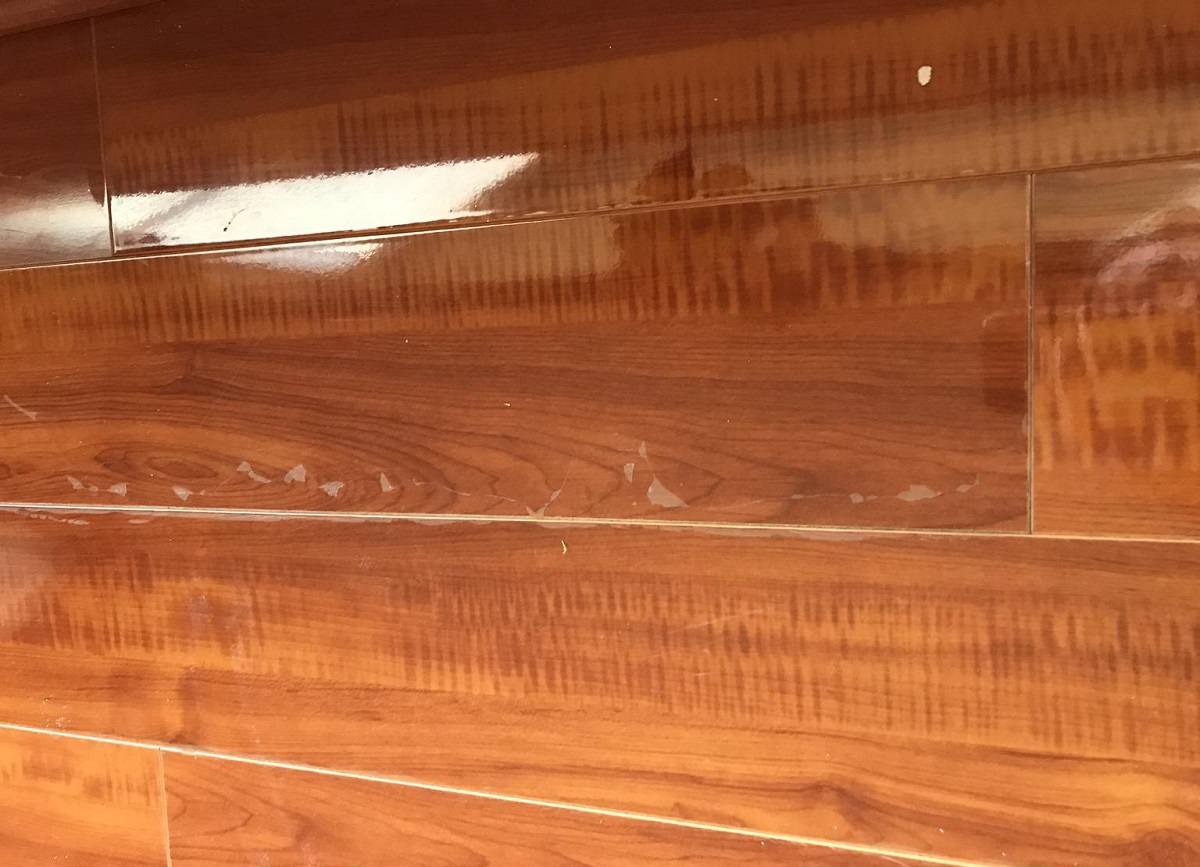
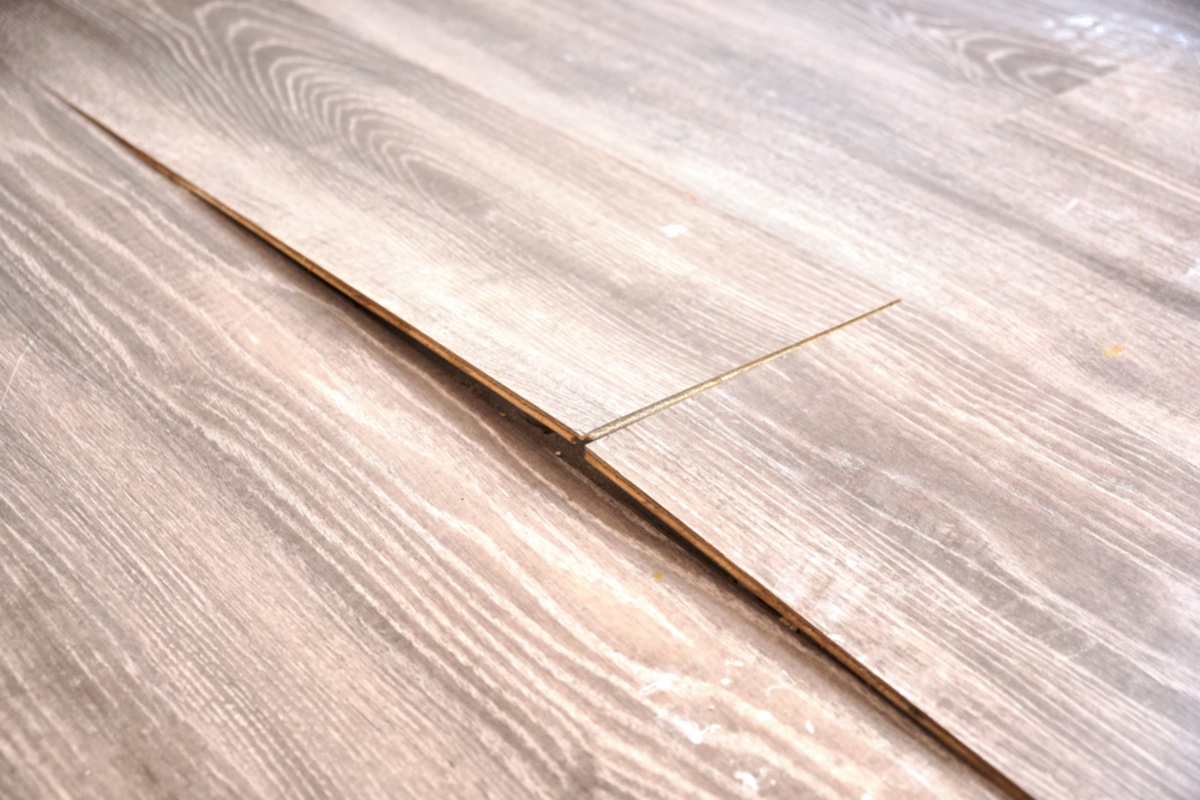
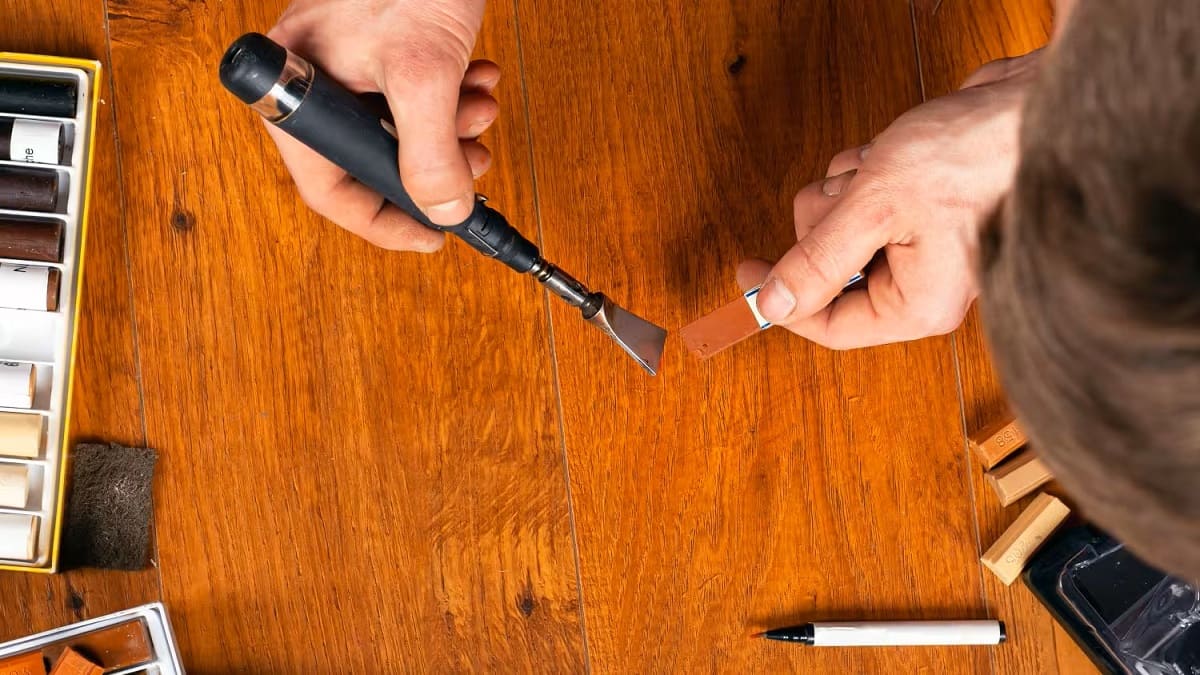
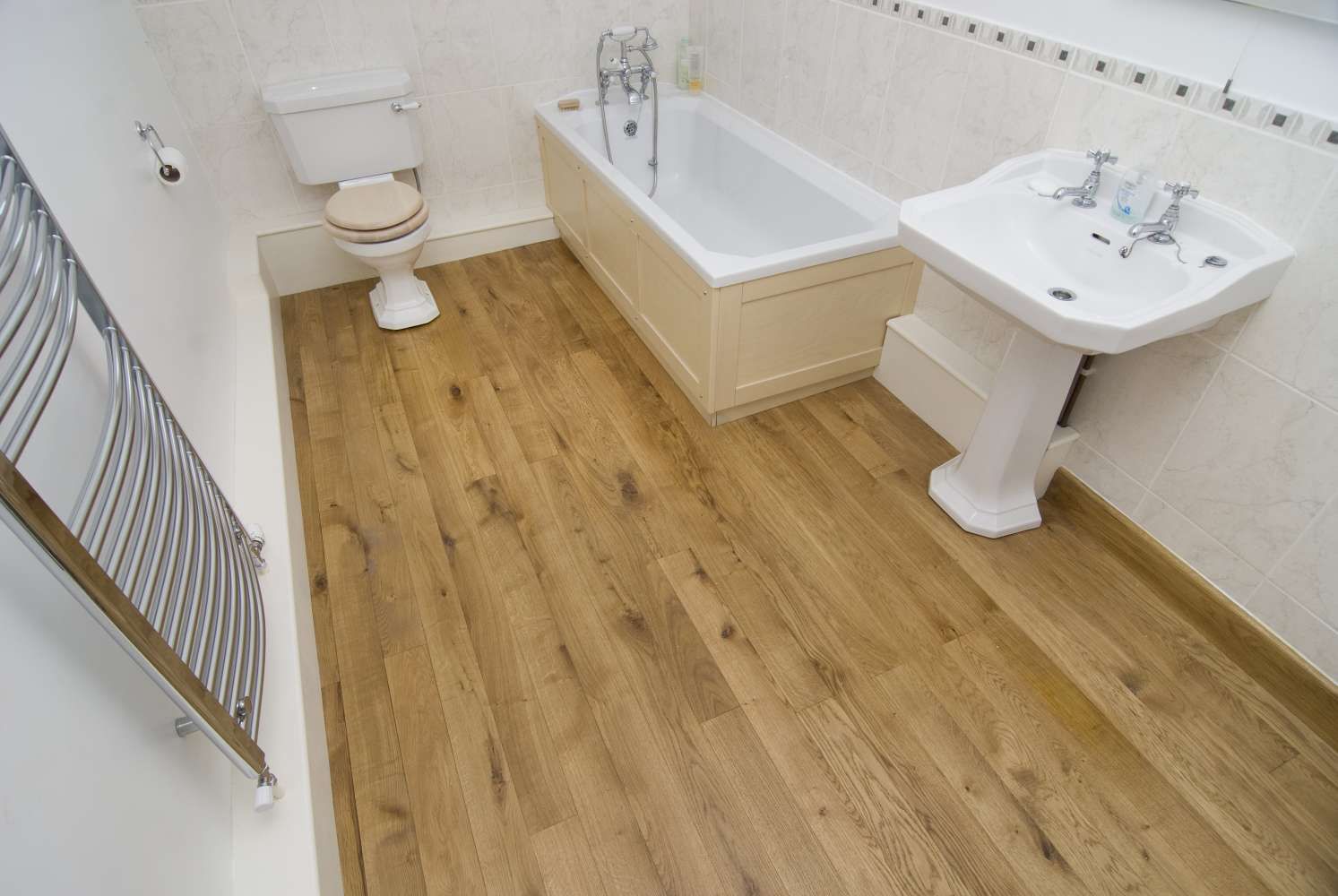
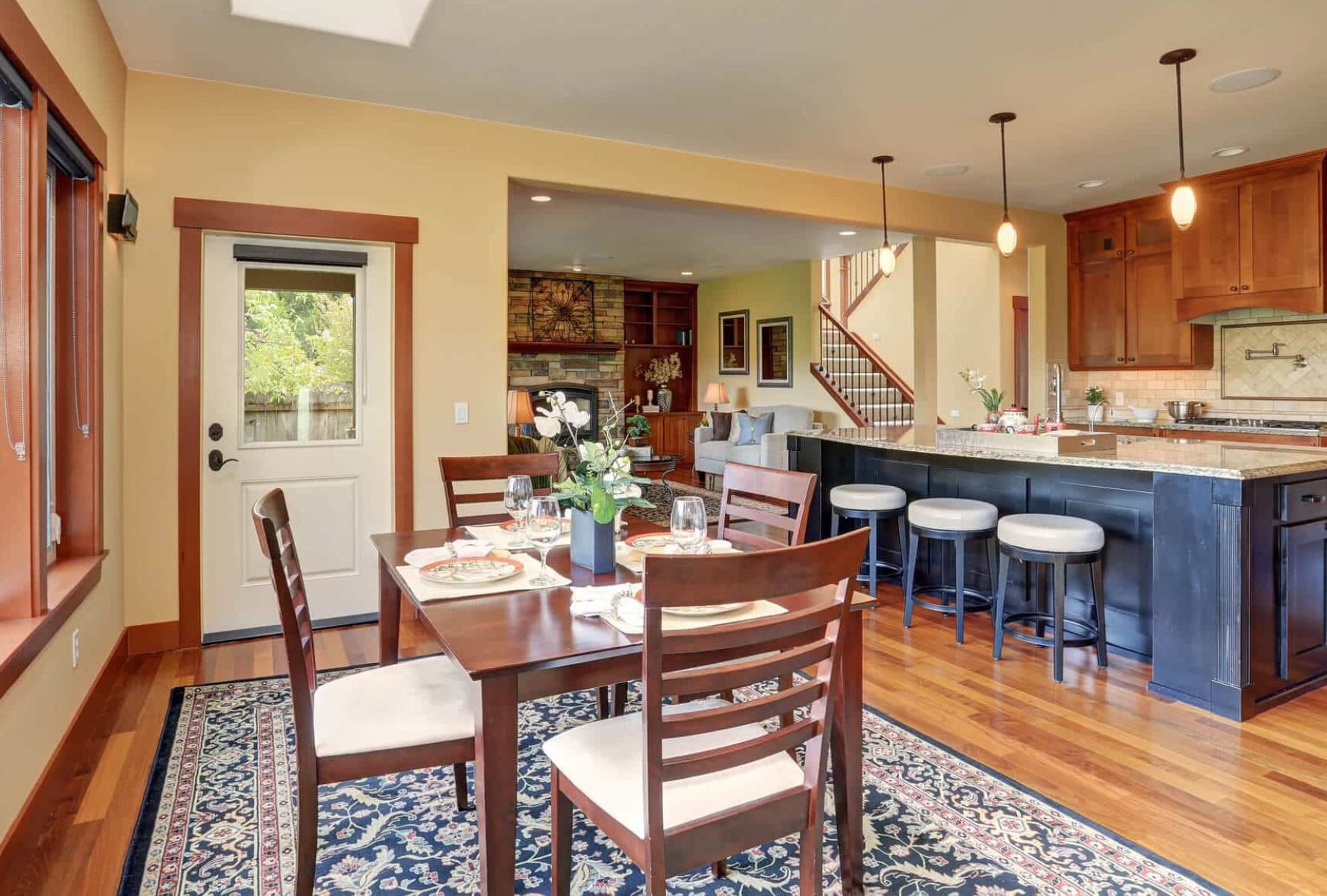
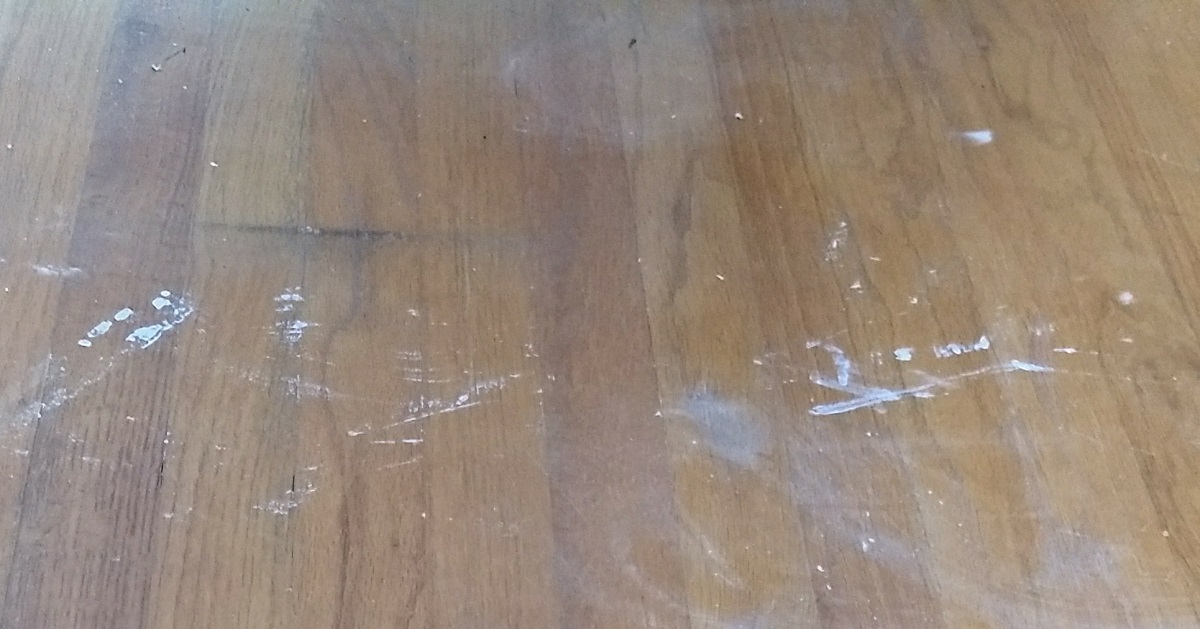

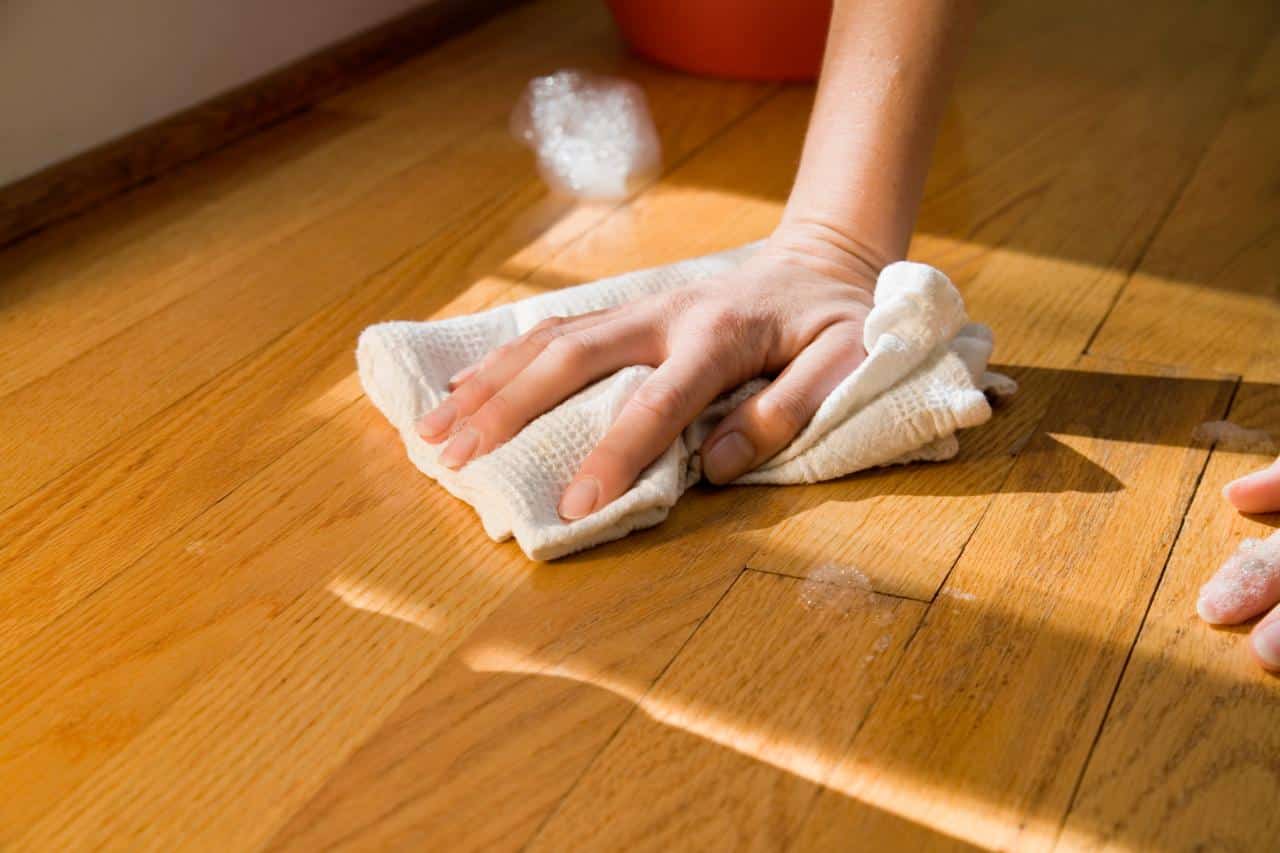


0 thoughts on “Laminate Wood Flooring”